Holidays in Korea
Traditional Korean Holidays
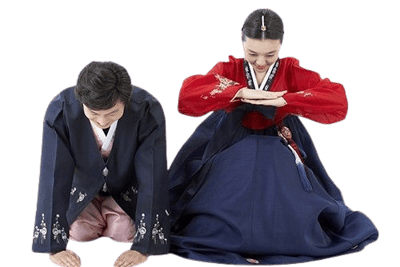

설날 Seollal (Lunar New Year)
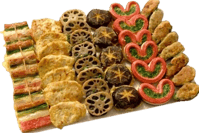

Period: Late January or early February (based on the lunar calendar)
Seollal is one of Korea’s most important holidays, marking the lunar new year. It is a time for families to come together, pay respects to ancestors, and celebrate the new year with traditional customs.
Bow
Jeon (Korean pancake)
추석 Chuseok (Harvest Festival)
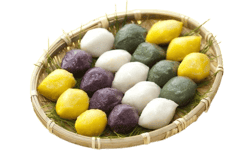

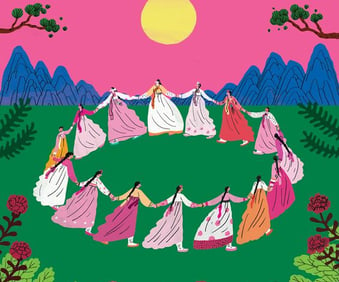

Songpyeon
Ganggangsullae
Period: Late September or early October (based on the lunar calendar)
Often referred to as Korean Thanksgiving Day, Chuseok is a major harvest festival celebrating the fall harvest and honoring ancestors.
단오 Dano (Dano Festival)
Period: Late May or early June (based on the lunar calendar)
Dano is a traditional festival celebrating the summer solstice and the start of summer. It is known for its colorful customs and rituals.
People wear colorful traditional clothes, engage in folk games like ssireum (씨름) (wrestling), and eat sujeonggwa (수정과), a sweet cinnamon punch. Special herbal remedies and beauty treatments are also part of the celebrations.
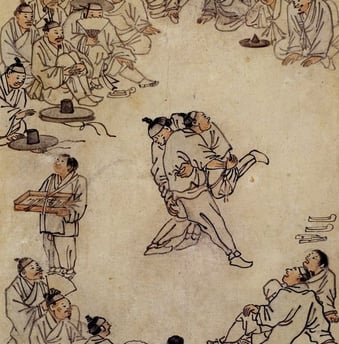

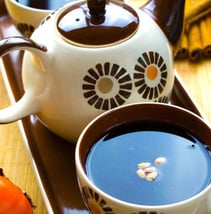

Ssireum
sujeonggwa
한글날 Hangeul Day
Period: October 9 (or October 10 in the lunar calendar)
Hangeul Day commemorates the creation and proclamation of the Korean alphabet, Hangeul, by King Sejong the Great in 1446.
Educational and cultural events highlight the significance of Hangeul, and there are often contests and activities celebrating the Korean language and literacy.
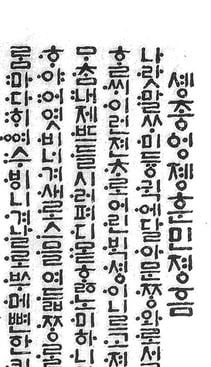

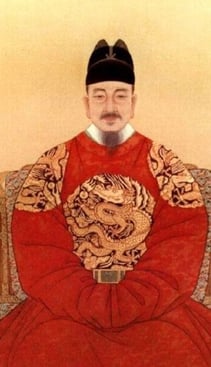

hangeul
King Sejong
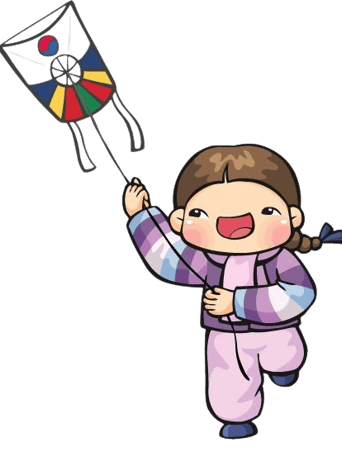

Families gather for a special meal, which includes traditional foods like songpyeon (송편) (rice cakes filled with sweet fillings), perform Charye, and participate in folk games such as Ganggangsullae (강강술래), a traditional circle dance.
People perform Charye (차례), a ritual offering of food to ancestors, wear traditional attire called hanbok (한복), and play traditional games like Yutnori (윷놀이). Special foods such as tteokguk (떡국), a soup with sliced rice cakes, are eaten to symbolize a new year of good fortune and to age a year.

